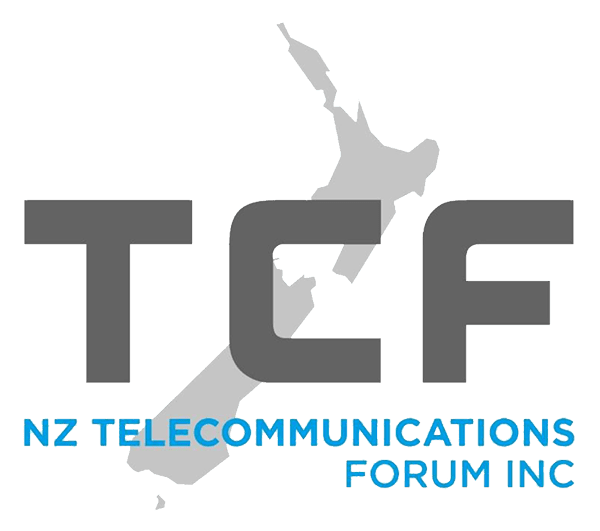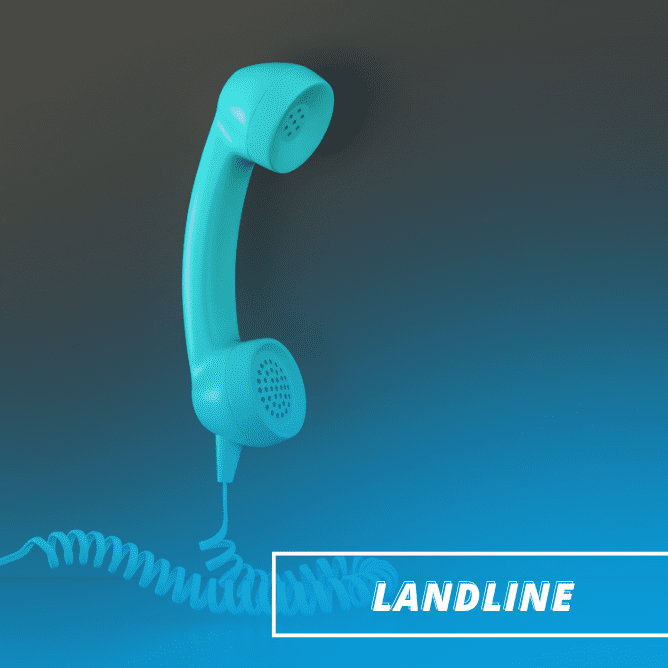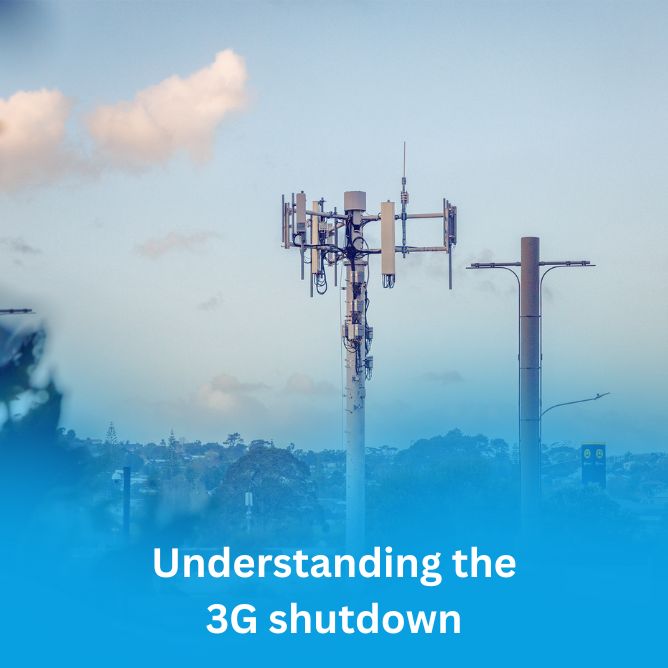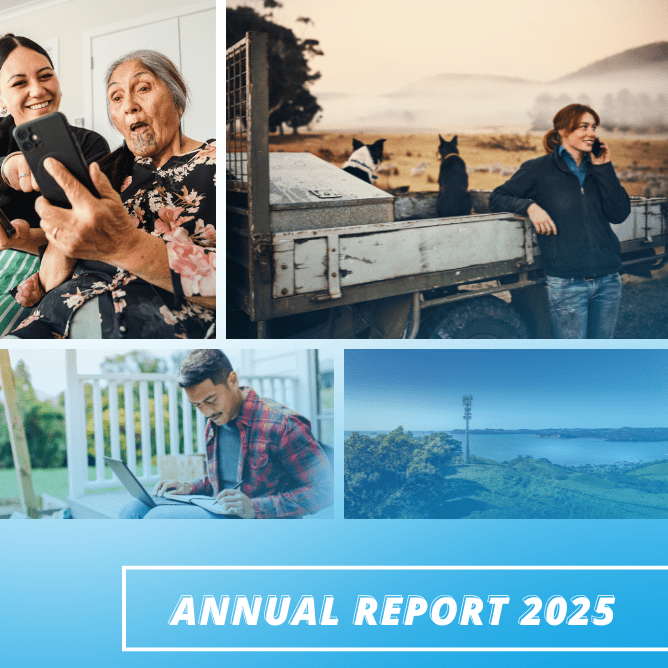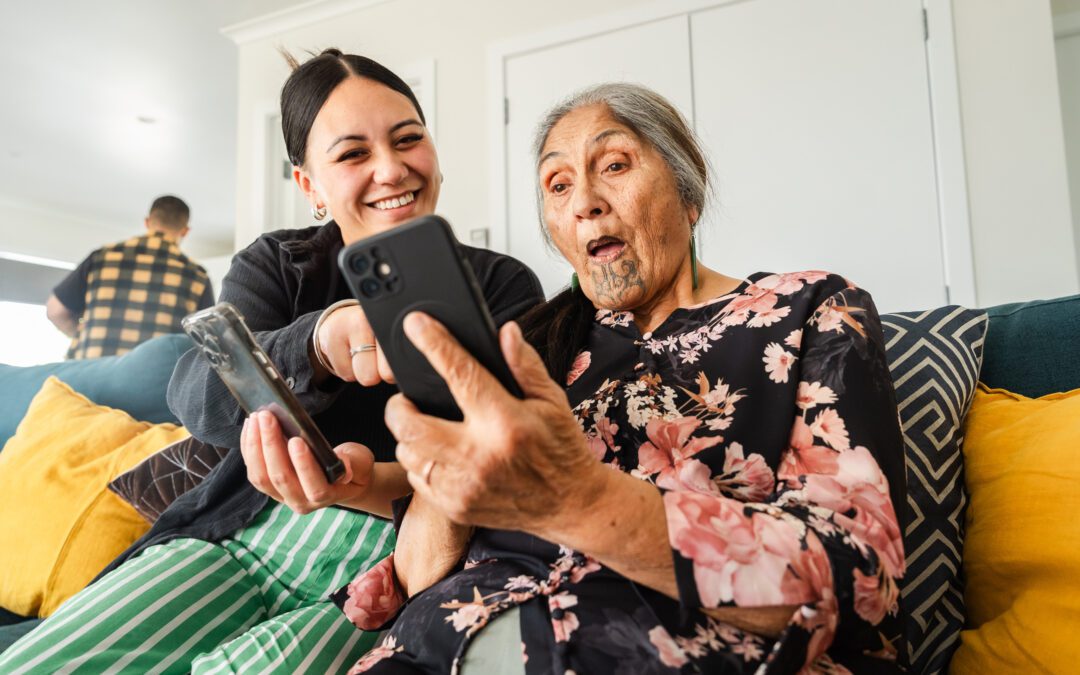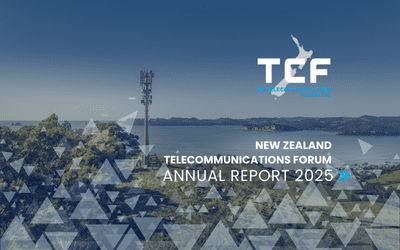Over the past decade, $15 billion has been invested across the telecommunications sector, and this has resulted in world-class digital infrastructure throughout New Zealand – however there are still parts of the country where you can go ‘off the grid’ and disconnect from phone and internet services.
Telecommunications Forum (TCF) CEO Geoff Thorn says “Kiwis heading to their favourite holiday destinations put pressure on regional and rural mobile towers in a normal year, let alone a year like 2020 where COVID-19 has prevented most from travelling offshore.”
“For example, an area like Whangamata might cater to around 500GB of daily mobile data on a normal day. Over Christmas this year that is expected to jump ten-fold to around 5,000GB per day. To cater to this, mobile operators are expanding capacity, including putting in place temporary portable cellsites – known as CoWs (cell sites on wheels) or CoPs (cell sites on pellets) where possible.”
Mobile networks in the city and fixed broadband networks throughout the country are unlikely to face similar capacity constraints. The good news is that the ultra-fast broadband (UFB) fibre rollout is now complete in 216 cities and towns across New Zealand. Over the past year or so, the focus of the UFB rollout has shifted towards smaller communities including many popular holiday locations – bringing them high quality fibre services just like in the big cities.
The industry is making great progress expanding rural coverage, both through the fibre rollout and joint investment in new mobile sites through the Rural Connectivity Group (RCG), which has connected more than 125 rural areas since last Christmas. Like all infrastructure investments this does take time, and with the increased pressures on capacity this year due to COVID-19 the industry is asking New Zealanders to be understanding that the coverage they get in very remote parts of the country may not be the same quality as what they get in urban areas.
“As the biggest pressure this year will be on mobile networks, we wanted to let New Zealanders know what they can do to help relieve this pressure and stay connected this holiday season,” says Thorn. “It’s also important for consumers to be aware of their mobile phone capabilities, such as the need to have 4G VoLTE enabled-devices in parts of the country, to ensure they are getting the best coverage and connectivity.”
Being aware of mobile calling and VoLTE
Until recently, all mobile voice calls in New Zealand have been made using 2G or 3G technology, with 4G (and more recently 5G) reserved for mobile data services. Over the past two years, through the Rural Connectivity Group, 175 mobile sites have been built across rural New Zealand to provide fixed wireless home broadband as part of the second phase of the Rural Broadband Initiative (RBI2). With these new sites, comes new 4G mobile coverage. VoLTE stands for Voice over Long Term Evolution – with LTE being the technical term for 4G.
“It’s important for holidaymakers to know that most of this new coverage is 4G only, so 3G isn’t available – this means that because voice calls have historically worked over the 3G network, some older mobile phones will not be able to make calls whilst connected to the new RCG sites despite seeing coverage bars. While data and text will work on any 4G capable phone, to make calls in these areas, a VoLTE capable phone is required. So, VoLTE essentially means ‘voice over 4G’ and is the same as ‘voice over internet protocol’ (VoIP)”.
How to check if a device is connected to VoLTE
The TCF is encouraging anyone travelling to a remote destination this summer to check if their phone is capable of making a voice call on 4G (VoLTE capable), has the correct software installed and that their VoLTE services are enabled.
Instructions on how to do this can be found at the websites of the mobile operators:
Non VoLTE enabled devices
Thorn notes, “Although VoLTE will work on most mobile devices currently on the market, we do recognise there are still people out there using non VoLTE capable mobile phones. For these customers, if they are in a rural area that only has 4G calling available they can still make calls using apps like WhatsApp, Viber, FaceTime, Facebook Messenger or Skype. These applications use data to function, and are good alternatives to ‘traditional’ calling methods.”
Thorn concludes, “We’ve just been through a year like no other, and the industry performed extremely well over both lockdown periods. As a result, we are confident we will see similar positive results in this upcoming busy summer period.”
